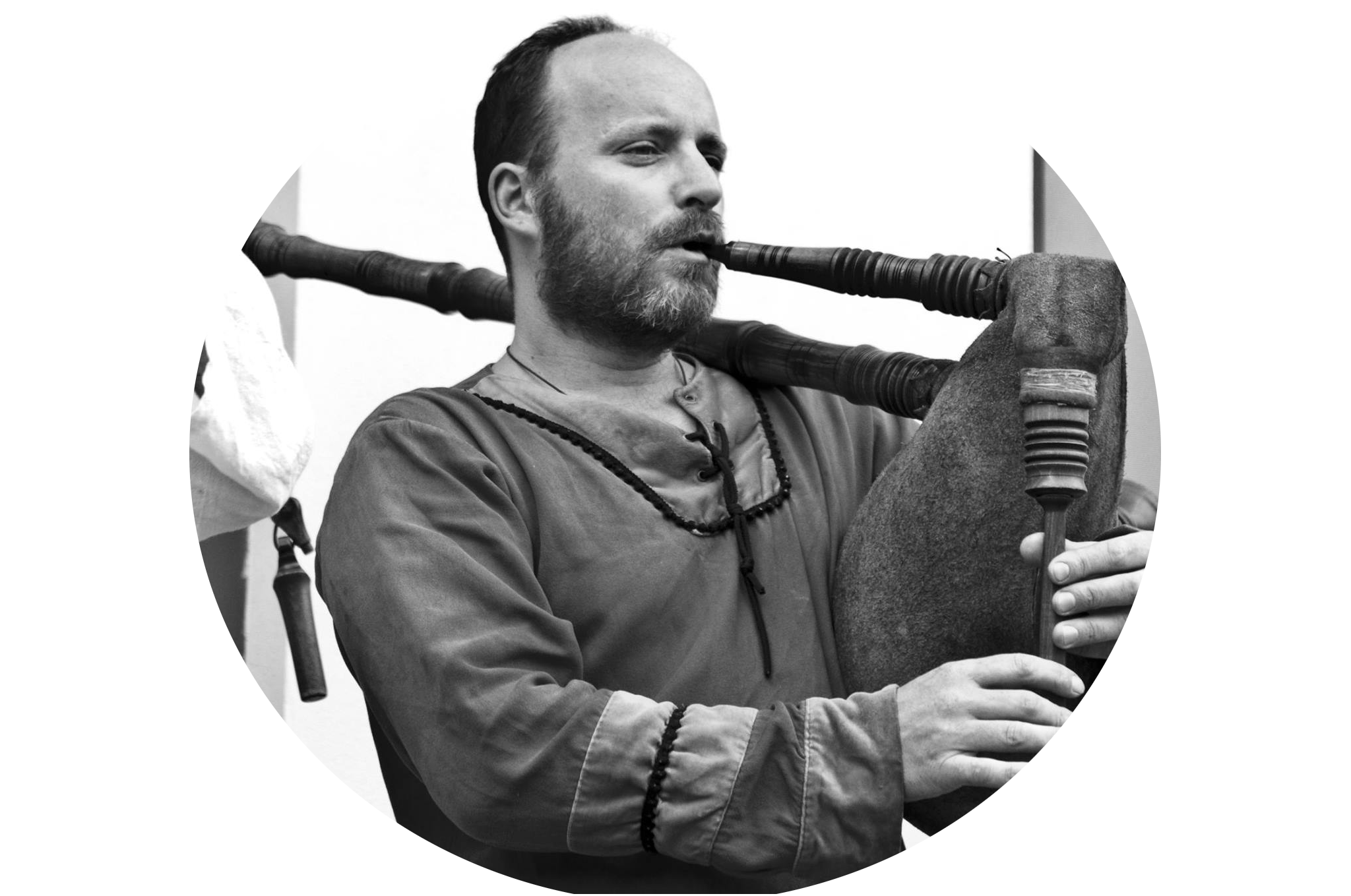Pricelist
Cittern/Irish bouzouki, 4 courses, maple/spruce 860 €
Cittern/Irish bouzouki, 5 courses, maple/spruce 910 €
Doubleneck cittern/Irish bouzouki, maple/spruce 1340 €
Citole, 4 courses, maple/spruce 930 €
Citole, 5 courses, maple/spruce 980 €
Golden tuning keys Gotoh +10 €/pc
Tuning pegs Wittner Finetune (violine or viola) +30 or 36 €/pc
Carved head +280 €
Mosaic purfling (one board) +100 €
Back&sides - rosewood +40 €
Back&sides - ovangkol, padouk, zebrano +30 kč
Pickup - + the price of chosen pickup +10-30 € ( assembly)

